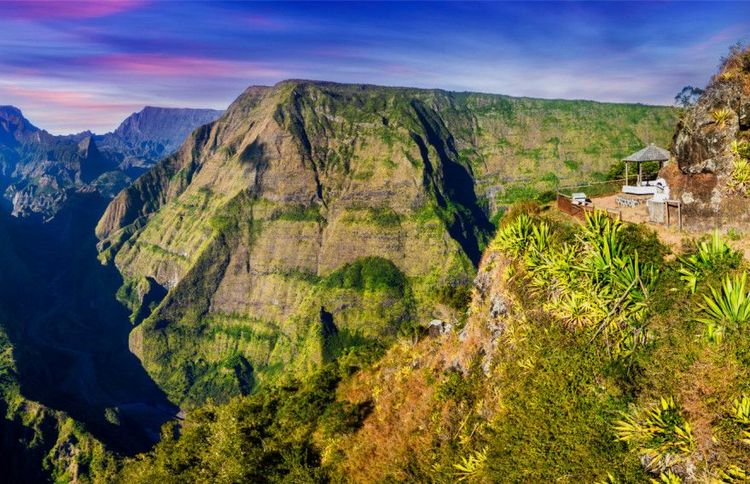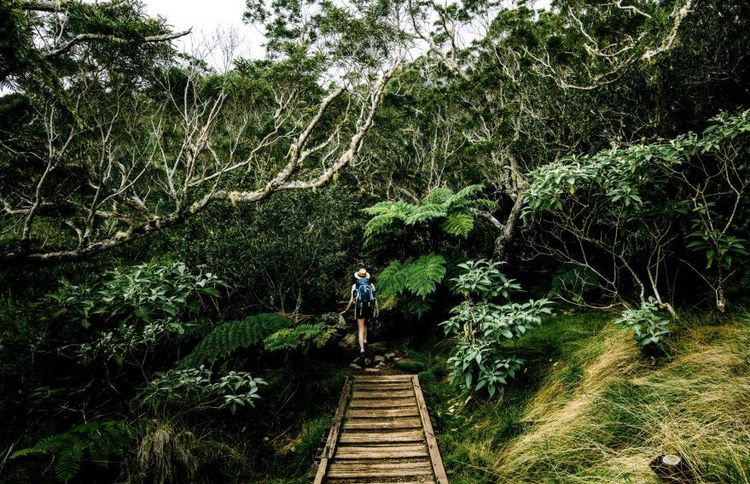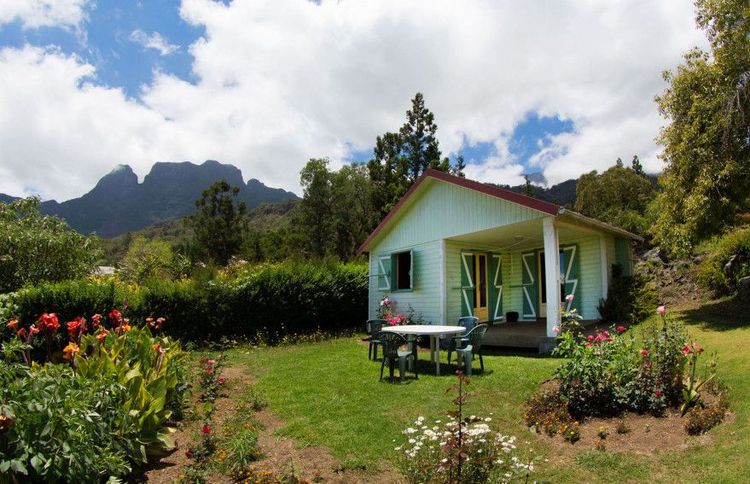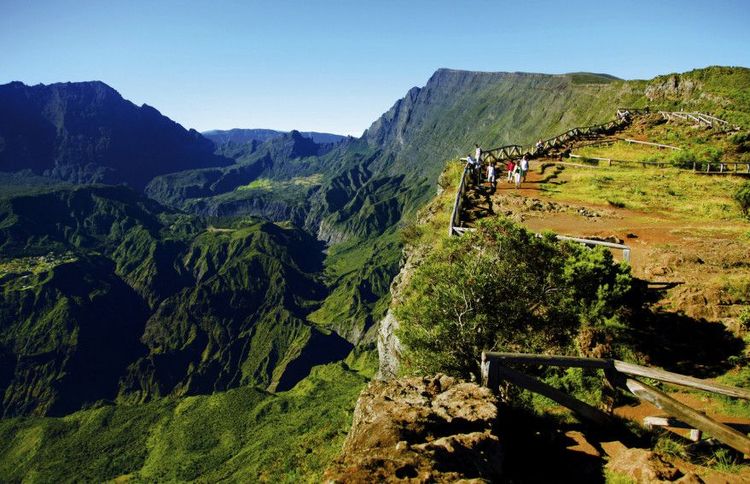The Col des Boeufs is one of the gateways to Mafate. This is where the road ends and a helicopter takes over to transport passengers or deliver goods to the villages in the cirque. The atmosphere is similar to that of a bus stop when the locals wait for their turn by the helicopter, as long as the sky doesn't become overcast. It's also the starting point for hiking trails through wild and dazzling landscapes.
It starts as soon as you descend into the cirque, with the Plaine des Tamarins and its reclining trees, where a special atmosphere emanates that is both bucolic and enchanting. You can observe the fauna and flora of the cirque, meet tec-tec, the island's endemic birds, plunge into the pebble river and stop at every viewpoint to admire the mountains, waterfalls, rocky cliffs, canyons and all the reliefs that are the result of volcanic eruptions and erosion due to rainfall.













